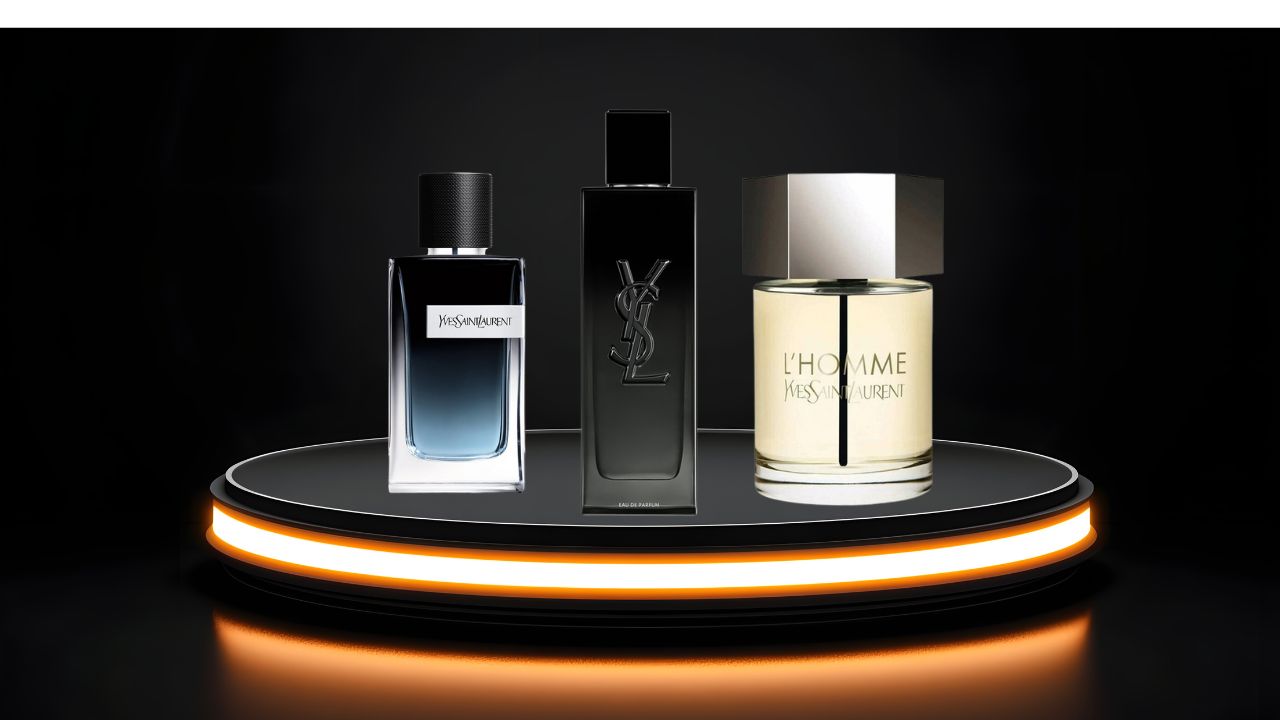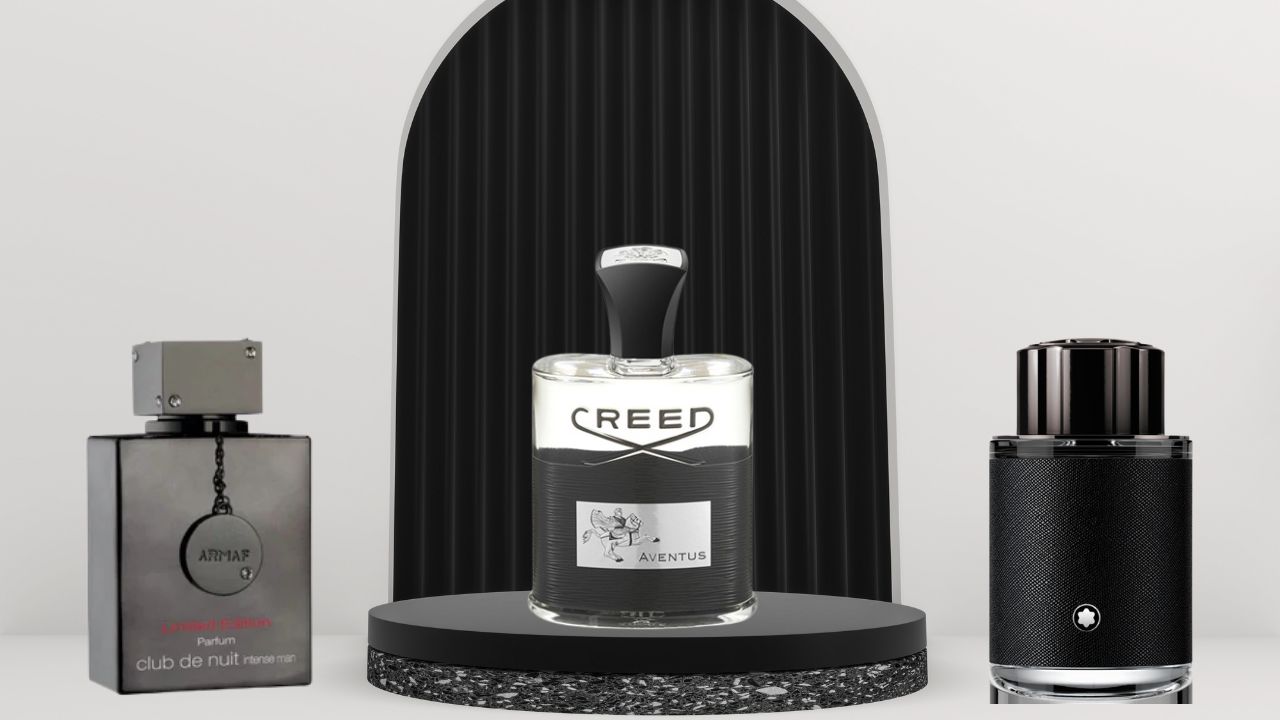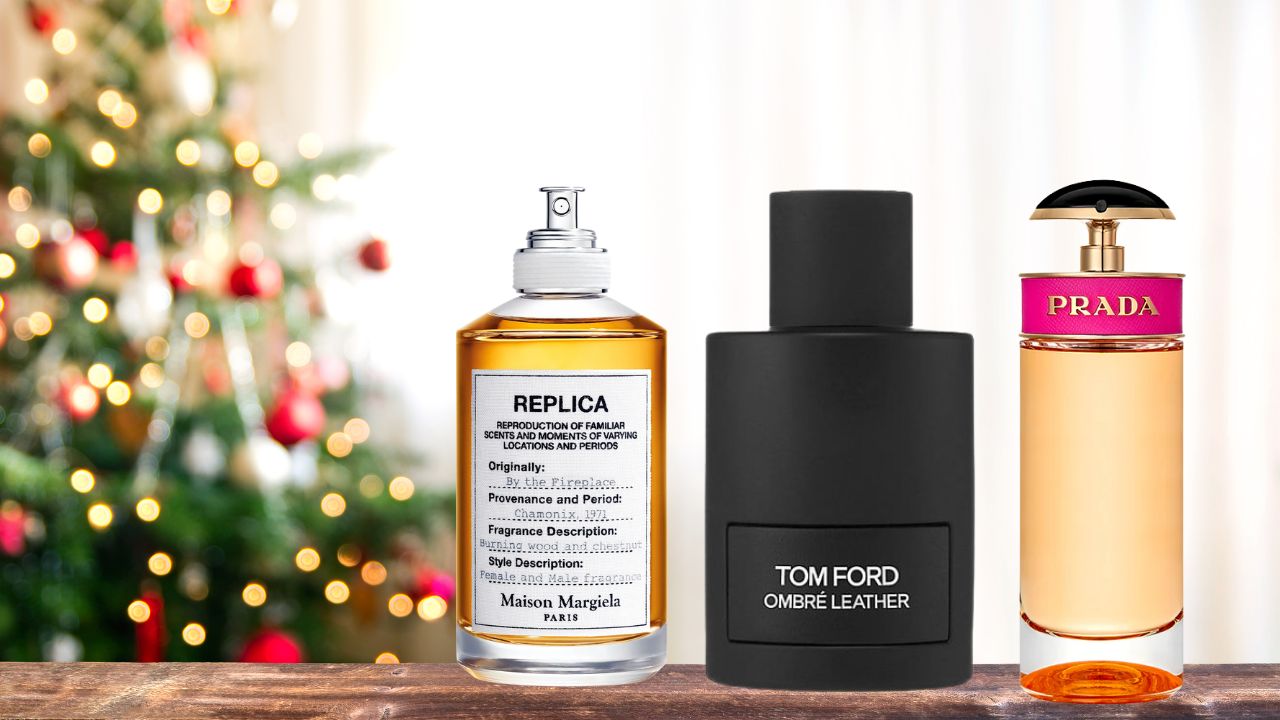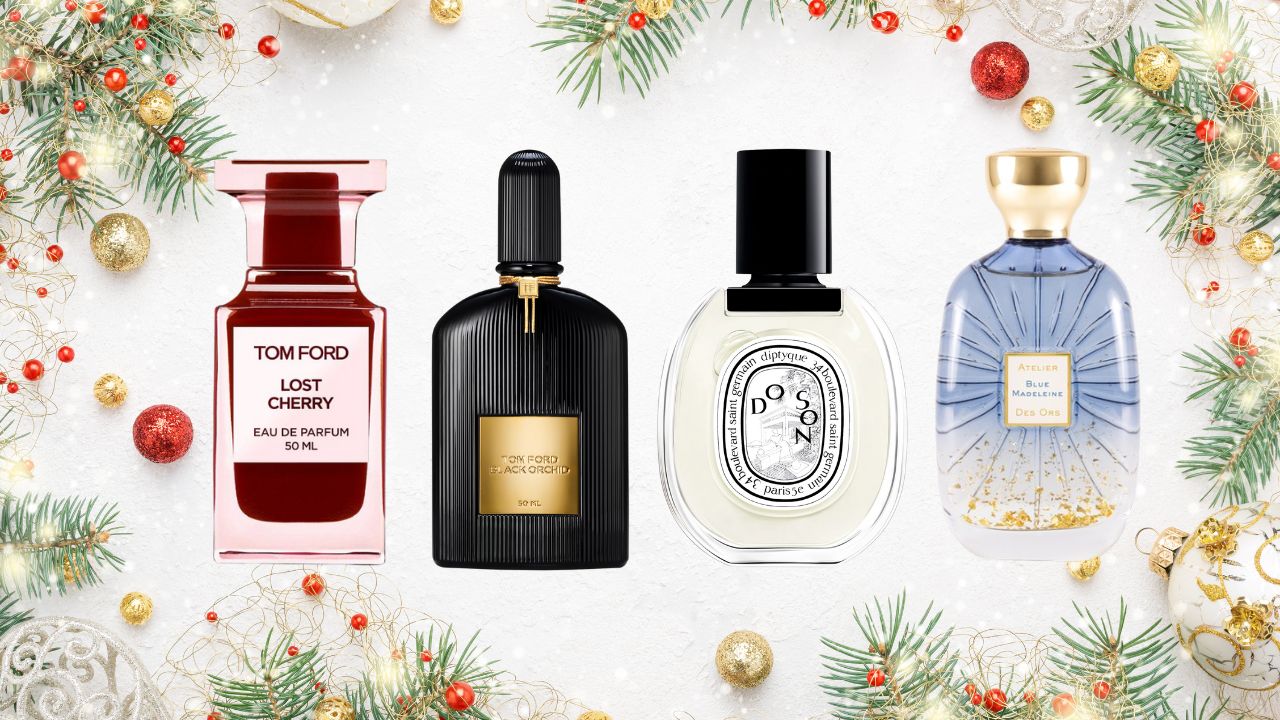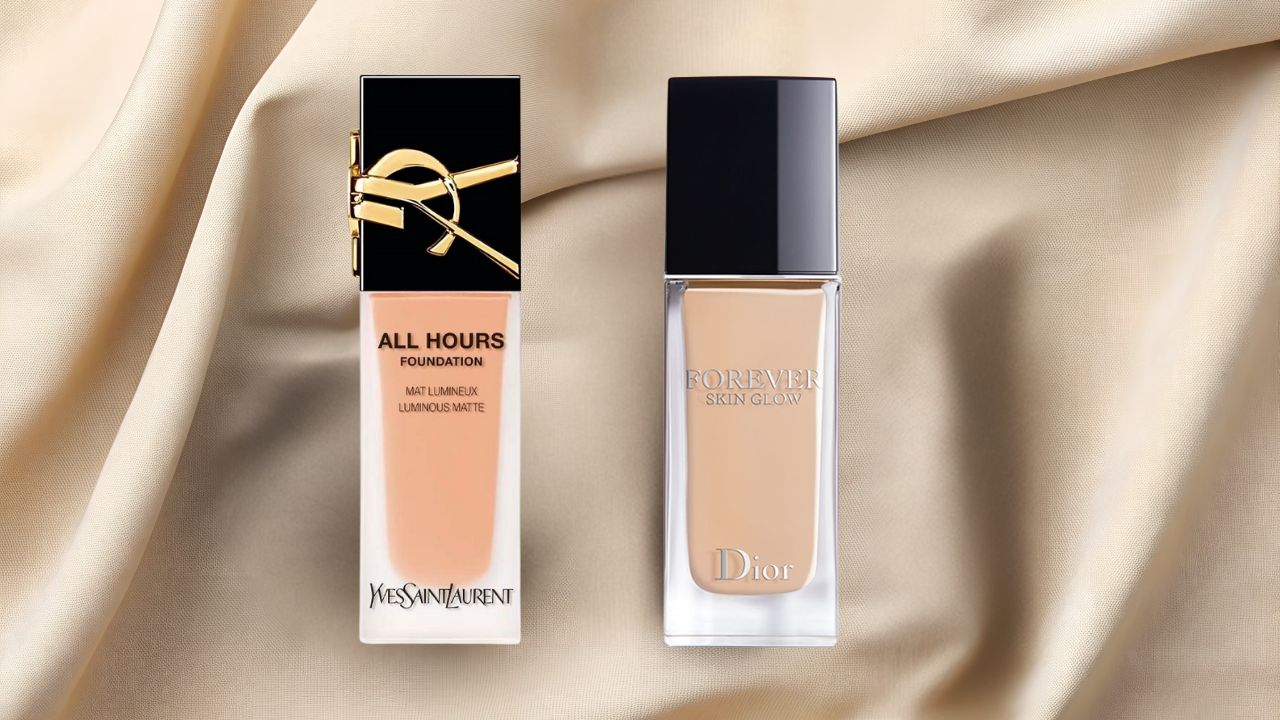Blog
Home / Beauty, Hair & Skin Care / Skincare Ingredients To Avoid During Pregnancy and Safe Alternatives
Categories
Recent Posts
- Best YSL Perfumes for Men in 2026: The Definitive Guide
- Affordable Christmas Perfume Gifts That Actually Feel Luxurious
- The Definitive Guide to Perfumes That Smell Like Creed Aventus: Luxury Scents Without the Luxury Price Tag
- Perfume Advent Calendars: 12 Days of Niche Scents
- Christmas Makeup Ideas: Your Guide to Festive Glamour That Actually Works
Skincare Ingredients To Avoid During Pregnancy and Safe Alternatives
0

Let’s be honest—pregnancy changes everything. Your cravings, your sleep schedule, and yes, even your skin. Some moms-to-be glow like a filtered selfie, while others are battling breakouts, dryness, or pigmentation that seems to pop up overnight. And just when you think you’ve found a miracle serum? You flip the bottle and spot the words retinol or salicylic acid. Cue the panic Googling.
Your skin needs extra TLC during pregnancy—not just to look good, but to stay safe for you and your baby. Certain ingredients in everyday skincare can be absorbed into your bloodstream and, in some cases, affect your little one. That’s why it’s so important to know which ingredients to avoid—and what you can confidently swap in instead.
This guide breaks it all down. First, we’ll explore the ingredients to steer clear of during pregnancy and why they’re risky. Then, we’ll dive into pregnancy-safe alternatives that’ll keep you glowing from bump to toe.
Skincare Ingredients to Avoid During Pregnancy
Knowledge is power—especially when you’re growing a tiny human. Here are the key ingredients to skip during pregnancy, why they’re risky, and what you can use instead.
1. Retinoids (Retinol, Retin-A, Tretinoin, Isotretinoin)
Retinoids are vitamin A derivatives that speed up cell turnover, reduce fine lines, and fight acne. Sounds great—until you’re pregnant. High doses of vitamin A, especially in oral forms like isotretinoin (Accutane), have been directly linked to birth defects. Even topical retinoids can absorb into the bloodstream, albeit in smaller amounts.
Safe swap: Bakuchiol offers similar skin-renewing benefits without the risk. It’s gentle, plant-derived, and baby-safe.
2. Salicylic Acid (High Concentrations)
This beta hydroxy acid (BHA) is a staple for acne-prone skin. But in high doses—like in peels or leave-on treatments—salicylic acid acts similarly to aspirin, which is a no-go during pregnancy, especially in the third trimester.
Safe swap: Low-dose glycolic acid or azelaic acid can help with acne without the same risks.
3. Benzoyl Peroxide
Benzoyl peroxide is often used in acne products because it kills bacteria. While some sources say it may be okay in small doses, there’s limited research on its safety during pregnancy. It’s considered a “Category C” ingredient—meaning animal studies have shown risk, and there’s not enough human research. Translation? Better safe than sorry.
Safe swap: Sulfur or low-dose glycolic acid are safer alternatives for spot-treating blemishes.
4. Hydroquinone
This powerful skin-lightener is often used to treat melasma (also known as “pregnancy mask”) and hyperpigmentation—two common pregnancy skin concerns. However, hydroquinone is absorbed at much higher rates than most topicals. Studies show it can be absorbed into the bloodstream at rates as high as 45%, and there’s not enough safety data to ensure it won’t impact fetal development.
Safe swap: Vitamin C, niacinamide, or azelaic acid can help brighten skin gradually and safely.
5. Chemical Sunscreens (Oxybenzone, Avobenzone, Octinoxate)
These filters absorb UV rays and convert them into heat. Unfortunately, some—especially oxybenzone—are known endocrine disruptors, meaning they may interfere with hormones. Oxybenzone has been linked to low birth weight and developmental issues. Plus, it’s not great for the environment either (hello, coral reefs).
Safe swap: Choose mineral sunscreens with zinc oxide or titanium dioxide, which sit on top of the skin and physically block UV rays.
6. Parabens
These preservatives are used to prevent mold and bacteria in cosmetics. But they mimic estrogen and can disrupt your natural hormone balance. Some research suggests parabens may impact fetal development and reproductive health later in life.
Safe swap: Look for paraben-free labels and products that use natural preservatives like ethylhexylglycerin.
7. Phthalates (Especially DEP – Diethyl Phthalate)
Often hidden in the word “fragrance,” phthalates make scents last longer. But they’re not so sweet underneath the surface. Phthalates are linked to hormonal disruption and developmental problems in male fetuses.
Safe swap: Choose fragrance-free products or those with naturally derived scents that clearly list their ingredients.
8. Formaldehyde
This is found in some hair treatments, nail polishes, and eyelash adhesives. It’s a known carcinogen and can also increase the risk of miscarriage. It’s toxic whether inhaled or absorbed—and your developing baby is more sensitive to those toxins.
Safe swap: Use formaldehyde-free nail polishes and skip salon hair straightening treatments until post-baby.
9. Certain Essential Oils (e.g., Rosemary, Sage, Jasmine, Clary Sage)
They smell heavenly and sound natural, but natural doesn’t always mean safe. Some essential oils can trigger uterine contractions or interfere with hormone levels. Oils like rosemary and clary sage may increase the risk of miscarriage or premature labor.
Safe swap: Chamomile and lavender (in small, diluted doses) are generally considered safer, but always consult your OB before using any essential oils.
10. Tetracycline (and Related Antibiotics)
This antibiotic is used to treat acne and infections. It’s effective—but dangerous during pregnancy. Tetracycline can inhibit bone growth and cause permanent yellow staining of the baby’s developing teeth.
Safe swap: Consult your dermatologist about pregnancy-safe oral antibiotics if needed, such as certain forms of erythromycin.
11. Licorice Root Extract
Common in brightening products, licorice root can impact cortisol levels and blood pressure. Some compounds in licorice may interfere with hormone balance or increase the risk of preterm birth.
Safe swap: Vitamin C or niacinamide for brightening without the hormonal risks.
12. Tranexamic Acid
This trending ingredient tackles melasma, a common skin issue in pregnancy. But research on its safety during pregnancy is scarce. Due to its antifibrinolytic properties, it may pose a blood clotting risk when used systemically.
Safe swap: Stick with azelaic acid or vitamin C for hyperpigmentation during pregnancy.
13. High-Dose Vitamin A (Including Oral Supplements)
Essential in small amounts, but dangerous in high doses. Over-supplementation of vitamin A has been linked to serious birth defects. Topical use also carries absorption risks.
Safe swap: Stick to prenatal vitamins with pregnancy-safe dosages and avoid retinoid-rich topicals.
Pregnancy-Safe Skincare: What You Can Use for Glowing, Healthy Skin
Now for the good news—there are plenty of effective, safe ingredients that can keep your skin glowing throughout pregnancy. These alternatives won’t just keep you safe; they’ll actually help you tackle common pregnancy skin concerns like dryness, breakouts, and hyperpigmentation.
1. Hyaluronic Acid – The Thirst Quencher
Your skin can become dry and stretched during pregnancy, and hyaluronic acid is like a tall glass of water for your face. It hydrates without penetrating too deeply or disrupting hormones. Apply it on damp skin to lock in moisture, then follow with your moisturizer. Ever felt like your face was the Sahara desert after a night of pregnancy tossing and turning? A hyaluronic serum in the morning can make you feel alive again.
2. Vitamin C – The Brightening Star
Vitamin C is a potent antioxidant that helps fight dullness, dark spots, and hyperpigmentation—common culprits during pregnancy thanks to fluctuating hormones. It also boosts collagen, which helps your skin stay firm and bouncy. Over time, vitamin C can help fade those dark patches gently and effectively—no need for harsh bleaching agents like hydroquinone. Think of it as prenatal yoga… for your face.
3. Niacinamide – The Soothing Multitasker
Niacinamide is one of the few ingredients that seems to do everything—minimize pores, reduce redness, fade spots, and boost hydration. And yes, it’s completely safe for pregnancy. Got angry hormonal breakouts one day and dry flaky patches the next? Niacinamide’s like that calm friend who’s great in a crisis. It balances your skin without throwing it into chaos. It also helps regulate oil production—yes, even that surprise grease-fest on your third trimester forehead.
4. Azelaic Acid – The Acne + Glow Whisperer
Azelaic acid is a derm-approved favorite for treating acne, rosacea, and hyperpigmentation. It’s naturally found in grains and is considered safe for pregnant skin. When your chin is acting like a teenager again (thanks, hormones), azelaic acid can swoop in and clear things up without irritation. Bonus? It gently brightens too. Use it in the morning or night, just not on damp skin—it can be a little irritating if applied to wet faces.
5. Lactic Acid – The Gentle Exfoliator
As a member of the AHA family, lactic acid exfoliates without being harsh. It’s naturally derived from milk and helps renew your skin surface. If your skin feels dull, flaky, or lifeless, a lactic acid serum or cleanser is like sending it to a spa day—just gentle, glowing goodness. It hydrates while it exfoliates, making it perfect for sensitive, hormonal skin.
6. Zinc Oxide – Your BFF for Sun Protection
This mineral sits on top of your skin and deflects UV rays like a tiny mirror. Unlike chemical sunscreens (oxybenzone, we’re looking at you), zinc oxide doesn’t absorb into the bloodstream. Sun exposure can make melasma worse. A daily zinc-based sunscreen is your best defense, even if you’re just walking the dog (or waddling to the fridge again). It’s safe for baby and great for post-pregnancy too—because the sun doesn’t take a maternity leave.
Glow Safely Through Your Pregnancy Journey
Understanding which skincare ingredients to avoid and embrace transforms pregnancy skincare from a source of anxiety into an empowering self-care ritual that protects both you and your baby. With the comprehensive ingredient knowledge, safe alternatives, and practical swaps in this guide, you’re now equipped to confidently navigate your beauty routine through all three trimesters and make informed choices that support healthy skin without compromise.
Your pregnancy glow deserves more than guesswork and panic Googling ingredient lists at 2 AM. By combining evidence-based ingredient awareness with safe, effective alternatives, you’ll maintain radiant, healthy skin that celebrates this transformative time—all while ensuring every product you use meets the highest safety standards for you and your growing baby.
Experience the peace of mind that comes from knowing your skincare routine is not just effective, but truly safe for this precious time.
Discover our curated collection of pregnancy-safe skincare products – your trusted resource for OB-approved, dermatologist-recommended beauty solutions that deliver real results without any risky ingredients, helping you glow confidently throughout your pregnancy journey.
Why trust our pregnancy skincare recommendations:
- Medical Expert Verification: Every product recommendation has been reviewed against current ACOG guidelines and dermatological research, ensuring complete safety for both mom and baby throughout all trimesters
- Real Results Without Compromise: Our curated selection focuses on clinically-proven safe ingredients like niacinamide, azelaic acid, and vitamin C that effectively address pregnancy skin concerns—hyperpigmentation, acne, dryness—without any questionable ingredients
- Complete Routine Solutions: From gentle cleansers to mineral sunscreens, we’ve done the ingredient-checking homework for you, creating complete morning and evening routines that work together seamlessly and safely
- Transparent Ingredient Lists: Every recommended product includes full ingredient transparency with clear explanations of why it’s safe, how to use it, and what results to expect during pregnancy and postpartum
- Budget-Friendly Options: Pregnancy-safe doesn’t mean expensive—our recommendations span all price points, from drugstore gems to luxury splurges, because every mama deserves safe, effective skincare
Invest in your skin’s health with products that combine safety, effectiveness, and confidence. Your pregnancy glow begins with informed choices, and our expert-vetted collection ensures every product you use is a smart, safe decision you can feel great about.
Frequently Asked Questions
Q: Is kojic acid safe during pregnancy?
A: Kojic acid falls into a gray area during pregnancy. While there isn’t extensive research on its safety, most dermatologists recommend avoiding it as a precaution since it can be absorbed through the skin and there’s limited data on how it affects fetal development. The good news? You have safer, well-studied alternatives like vitamin C, niacinamide, and azelaic acid that effectively brighten skin and fade dark spots without the uncertainty. If you’re dealing with hyperpigmentation or melasma during pregnancy, stick with these proven-safe options and save the kojic acid experiments for postpartum.
Q: Can I use salicylic acid when pregnant?
A: It depends on the concentration. High-dose salicylic acid—like the kind found in chemical peels or leave-on treatments—should be avoided during pregnancy, especially in the third trimester, because it acts similarly to aspirin in your body. However, low concentrations (0.5-2%) in cleansers that rinse off are generally considered safe since very little is absorbed. That said, if you’re dealing with pregnancy acne, why take the risk? Switch to pregnancy-safe alternatives like azelaic acid, sulfur-based treatments, or low-dose glycolic acid that can tackle breakouts effectively without any concerns. Always check with your OB-GYN if you’re unsure about a specific product.
Q: Is niacinamide pregnancy safe?
A: Yes! Niacinamide is one of the safest and most effective ingredients you can use during pregnancy. This multitasking superstar helps with everything pregnancy throws at your skin—hormonal breakouts, redness, hyperpigmentation, enlarged pores, and oil control—without penetrating deeply or disrupting hormones. It’s well-studied, well-tolerated, and recommended by dermatologists for pregnant women. Whether you’re dealing with pregnancy acne or trying to fade dark patches, niacinamide is your friend. Use it morning and night without worry, and enjoy the fact that you found one ingredient that actually does it all safely.
Related posts
Best YSL Perfumes for Men in 2026: The Definitive Guide
In the hushed corners of Parisian perfumeries, where light filters through crystal bottles and conversation turns to notes of vetiver a...
Affordable Christmas Perfume Gifts That Actually Feel Luxurious
There's something inherently intimate about gifting fragrance—it's a gesture that says you've paid attention, that you understand someo...
The Definitive Guide to Perfumes That Smell Like Creed Aventus: Luxury Scents Without the Luxury Price Tag
There's a certain magnetism to walking into a room wearing the right fragrance. It's not loud, it's not desperate—it's simply there, co...
Perfume Advent Calendars: 12 Days of Niche Scents
There's something quietly revolutionary happening in the world of fragrance, and it arrives in December wrapped in numbered boxes. Forg...
Christmas Makeup Ideas: Your Guide to Festive Glamour That Actually Works
Picture this: You're getting ready for the season's most anticipated gathering, and you're faced with the same tired holiday makeup dil...
Perfumes That Smell Like Christmas: Your Guide to Festive Fragrance Magic
There's something almost alchemical about the way certain fragrances can transport you instantly to a snow-dusted evening in December, ...
Perfume for Sensitive Skin That Won’t Cause Allergies: The Essential Guide to Scent Without Irritation
There's a particular kind of disappointment that comes with finding a fragrance you love, only to discover hours later that your skin h...
10 of the Classic Perfumes That Never Go Out of Style: The Timeless Fragrances That Define Elegance
In the hushed elegance of a Parisian boutique, where crystal flacons catch the afternoon light like precious jewels, something remarkab...
Perfumes with the Most Beautiful Bottles: Where Art Meets Olfactory Excellence
In a world where first impressions are everything, the bottle sitting on your vanity speaks volumes before you've even spritzed a singl...
10 Best Chanel Perfumes: Timeless Elegance in Every Bottle
In the world of luxury fragrance, few names command the reverence and recognition that Chanel does. Picture this: it's 1921, and Gabrie...
The 10 Best Women’s Perfumes for Xmas Gifts: Luxury Fragrance Gift Guide 2025
Choosing the perfect women's perfume for Xmas gifts requires more than walking into a store and picking the prettiest bottle. The right...
Dior Foundation vs YSL Foundation: The Ultimate 2025 Comparison Guide
Standing in front of the luxury foundation counter, you're faced with a decision that's both exciting and overwhelming. Two beautiful b...
Comments


